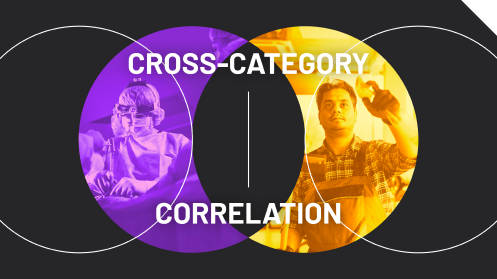Part 6: End-User Targeting with Precision’s Data Analytics

Precision’s End-User Targeting Models help our partners identify and prioritize potential sales leads through data-driven methodologies.
Part 5: Distinctive Product Mix Model

The Distinctive Product Mix Model is tailored for suppliers using their data and designed to provide a comparative analysis of a distributor’s performance.
Part 4: Cross-Category Correlation Model

In this fourth installment, we delve into the Cross-Category Correlation Model.
Part 3: Customer Segmentation & Churn Prediction Model

In the third installment of our series on Precision’s statistical models, we explore the Customer Segmentation & Churn Prediction Model.
Part 2: Sources of Revenue Model

In the second installment of our series on Precision’s statistical models, we are going to look at the Sources of Revenue Model.
Precision’s Statistical Models Series – Part 1: Category Role Model

In today’s fast-paced business environment, making strategic decisions based on data is no longer a luxury—it’s a necessity.
The Advancement of eCommerce in the B2B Space

The Advancement of eCommerce in the B2B Space – Pre-Covid, Now, and Future In the years leading up to the Covid-19 pandemic, B2B eCommerce was gaining traction, though at a slower pace compared to the B2C sector. Traditionally, B2B transactions were dominated by in-person meetings, trade shows, and direct sales teams. However, the growing availability […]
Understanding Market Size in the B2B Cleaning and Hygiene Space

Understanding Market Size in the B2B Cleaning and Hygiene Space By Mark Jackmore, CEO Navigating the B2B cleaning and hygiene (JanSan) market can be a daunting task for many brands. One of the primary challenges lies in accurately gauging market size and share due to the scarcity of publicly available transaction data. Qualitative data, while […]
The Critical Role of Clean Room Analytics in M&A

In the competitive landscape of mergers and acquisitions (M&A), leveraging advanced tools like clean room analytics can be a game-changer.
StraightTalk with Mark Jackmore

Recently, CEO Mark Jackmore sat down with Jeff Cross, Media Director at ISSA, to discuss data insights and analytics in the B2B world. Listen below or read along to hear their conversation.